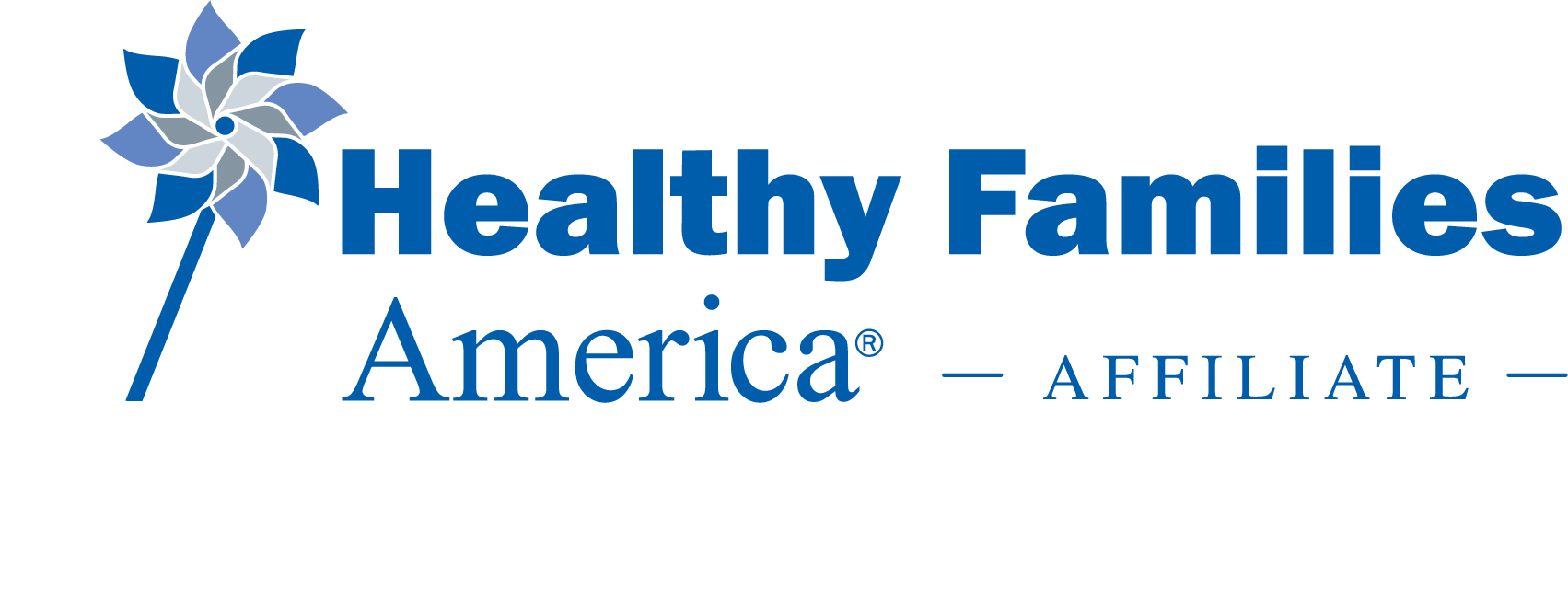Researchers
Evaluation in Healthy Families New York takes two primary forms: continuous quality improvement (CQI) through the monitoring of performance measures and other planned improvement activities, and a longitudinal randomized control trial (RCT) begun in 2000. As a result of the evaluation’s rigorous random assignment design and the program’s significant and positive effects on a range of outcomes, Healthy Families New York is considered an evidence-based program.
Click on the questions below or Expand All

How are data collected and managed?
Program data are collected through standardized forms and validated instruments. All data are entered into the Management Information System (MIS). This web-based system securely maintains information and provides evaluation data, and descriptive reports to assist in performance monitoring, program administration, and management of caseloads.
How does HFNY maintain service quality?
Each HFNY program enters data into the Management Information System (MIS). The data allows Healthy Families New York to track a programs’ progress in meeting performance targets related to the goals of Healthy Families New York. Reports are generated from the MIS and are examined to assess performance. This information is also used to determine areas for improvement and further study.
What are the outcomes of the Randomized Control Trial?
The RCT began in 2000 with 1,173 women in the Healthy Families New York and control groups. Data were collected at the time of the child’s birth and at the first, second, third, and seventh birthdays (with various levels of retention); a 15-year follow-up study is currently underway. The RCT has demonstrated that Healthy Families New York is effective in areas including birth outcomes and child health, educational outcomes, child abuse and neglect, and parenting competencies.
How is research translated into practice?
Researchers, administrators, and practitioners work together to develop studies designed to improve program practice. We have conducted studies designed to improve early prenatal enrollment, rates of breastfeeding, and father involvement. For more information about these and other studies, please see our Research to Practice portfolio.
Where can I find reports of evaluation findings?
Findings from our research have been published in fact sheets, briefs, reports, and journal articles. Please see our Publications page for a full list of our work.



